How often do you find yourself sitting down for a long period of time? Due to the nature of our modern-day lives, this probably happens regularly. Maybe your job requires you to be seated at a computer for most of the day, or maybe you have found yourself reading BeUpstanding™ blog posts for hours. Do you want to be less sedentary and move more during your work time? If so, what motivates you to do this?

Increased computerisation and modernisation of the working environment allows desk-based employees to complete most of their tasks seated. Too much sedentary time is now acknowledged as a public health concern, as well as an emerging work health and safety issue. Prolonged periods of sedentary time can increase the likelihood of developing diabetes, cardiovascular disease, and other lifestyle-related diseases, as well as detrimentally affect mental health. In contrast, regularly interrupting sedentary time, including by standing up, doing simple resistance activities (like going up and down on your toes), or going for a walk, can help reduce these impacts.

The BeUpstanding™ program is designed to help create a culture where these regular movements, or a dynamic workplace, is the norm. Over 95% of participants in our BeUpstanding program report that they want to sit less. So how does BeUpstanding help to achieve this behaviour change?
A model that has been used to understand the influences on behaviour is the COM-B model. This model cites that there are three main factors that can influence behaviour: Capability (which is a person’s physical and psychological ability to change behaviour), Opportunity (which are the external social and physical environmental factors that make the behaviour change possible), and Motivation (which are the conscious and unconscious cognitive processes impacting on behaviour change). These three factors interact with each other to then influence behaviour.
We recently added an open question to the BeUpstanding staff survey which asked “What are your motivations for wanting to change (or not change) your sitting at work?”. Using the responses from nearly 1000 participants, we then coded these responses into 21 sub-categories, and six major categories for those who had said previously that they did want to sit less at work. The six major motivations were related to: physical, psychological, social, behavioural support, environmental support, and general motivation factors. The majority of participants were motivated by physical factors to sit less and move more at work, with over half (52.2%) of participants listing this as at least one of their motivations (noting participants could have more than one motivation). Here, common reasons were to reduce pain and discomfort, to achieve the general benefits of movement, or to support a specific health issue. The other common motivator related to general health and wellbeing, with approximately half (51.1%) of participants citing this as their motivation.
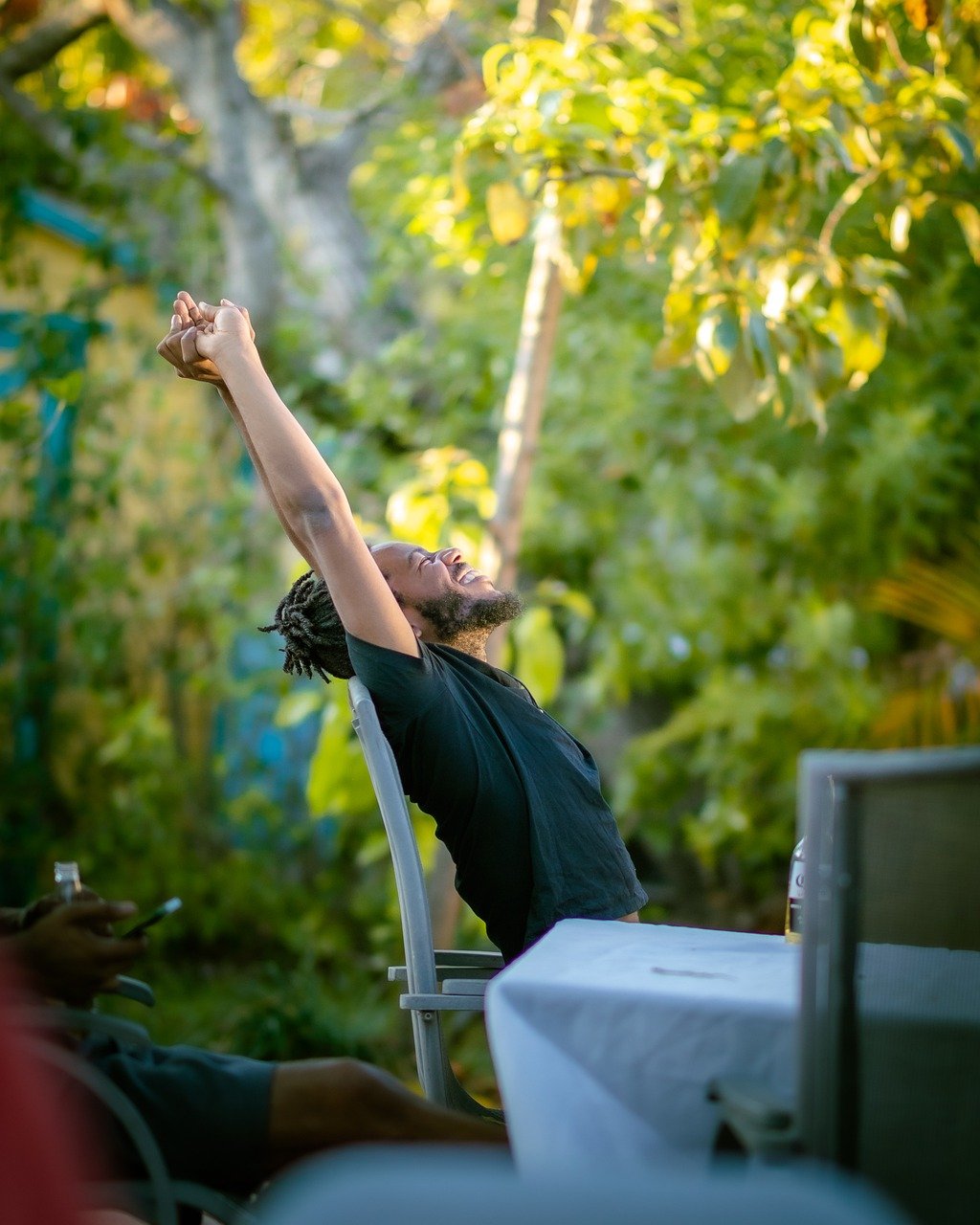
We also examined whether motivations varied by age, sex or disability status. We found that findings were the same as overall for females, for those with a disability, and for those younger than the median age of 46 years. However, this was not the case for certain populations. The most common type of motivation was general motivation for males, for those without a disability, and for those aged 46 years and older. This suggests there may be some variation in motivation amongst desk-based workers based on demographic differences. Moving forward, we are looking to understand whether different motivations impact on behaviour change. Understanding the motivations of participants to change their behaviour can also help in the tailoring of strategies within a work team.
So, next time you get up, reflect on what was your motivation for doing so. Was it a conscious decision? Does it vary day by day, or are there some common motivators? Can you use this information to help achieve the behaviour changes you are after?
This blog was written by Manning Mageros and reports on the work that he conducted as part of his honours project with the BeUpstanding team.
![]()

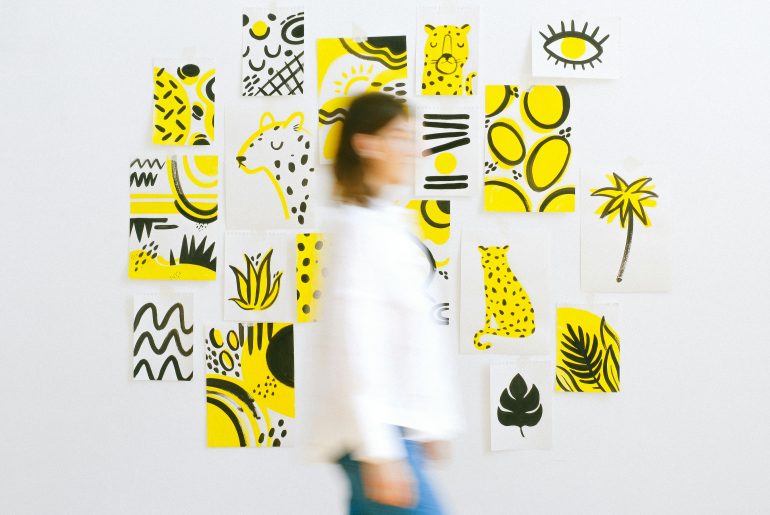

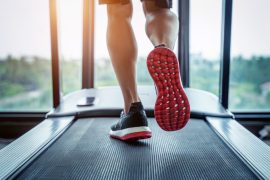
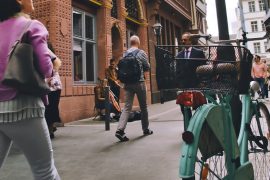
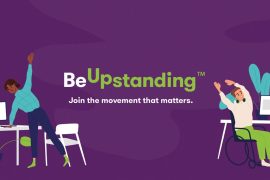
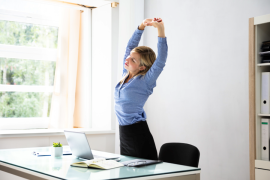
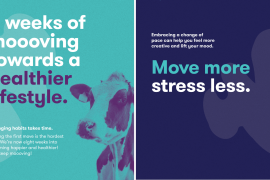
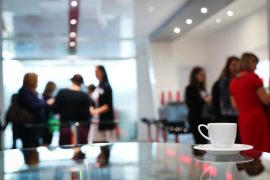

Comments are closed.